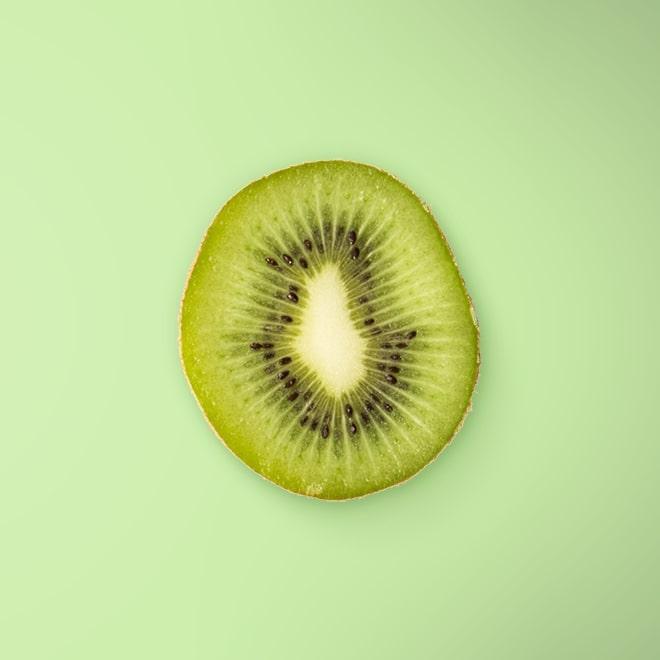Kiwifruit




In New Zealand the word ‘kiwi’ usually refers to the kiwi bird, or the people of New Zealand. Therefore, when referring to the fruit, it is always referred to as a ‘kiwifruit’.
Kiwifruit have brown fuzzy skin, with bright green flesh inside and a circle of dark colored edible seeds in the middle.
Kiwifruit were originally native to North-Central and Eastern China and then spread to New Zealand in the early 20th century. The first commercial planting began in New Zealand.
Firm kiwfruit ripen after a few days to a week when stored at room temperature; they should not be kept in direct sunlight.
Speed up the ripening process by placing kiwis in a paper bag with an apple or banana.
Eating vitamin C-rich fruit such as kiwifruit may counteract a significant protective effect against respiratory symptoms associated with asthma such as wheezing.
For the most antioxidants, consume fully ripened kiwifruit.
Kiwi contains the enzyme actinidain, this acid makes raw kiwifruit unsuitable for use in desserts containing dairy products that won’t be served immediately because the enzyme will digests milk proteins thus changing the consistency of the dessert.
Rinse well before eating. Peel and chop kiwis or slice in half and scoop out the flesh with a spoon. The skin is edible, too.
Kiwifruit are suitable for raw consumption and often served in desserts.
A serving of two kiwifruits gives you as much potassium as a banana and twice the vitamin C of an orange.
Research has shown that eating kiwifruits is closely connected to the quality of sleep, and regular consumption improves duration and efficiency of sleep.
Corrections or improvements? Email us at
content@sidechef.com